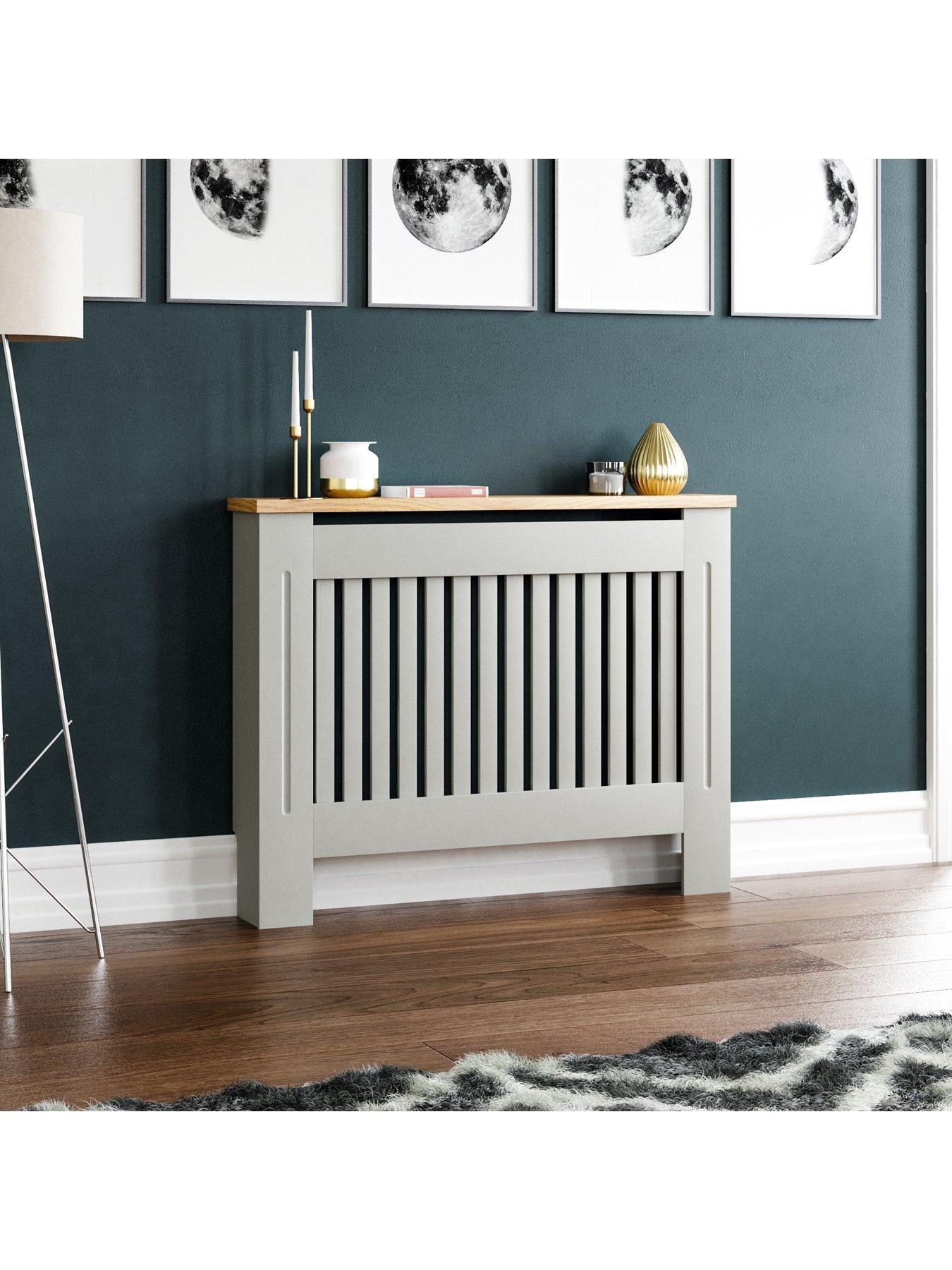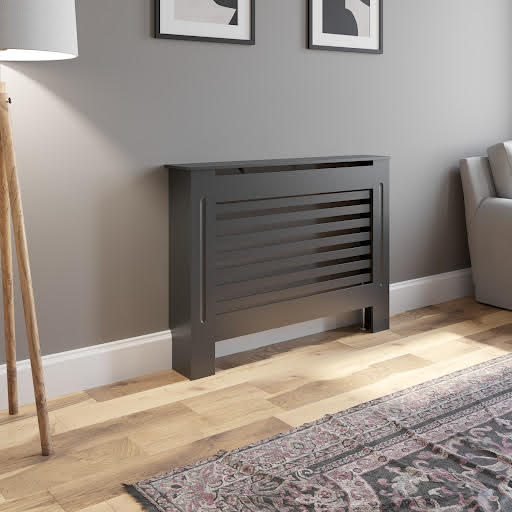Selecting the Perfect Radiator Cover: A Comprehensive Guide
Selecting the Perfect Radiator Cover: A Comprehensive Guide
Blog Article
Radiator Covers: Understanding Products, Designs, and Advantages
Radiator covers offer both useful and visual objectives within a home, supplying a range of products such as mdf, metal, and wood to fit different layout choices. Picking the best radiator cover entails comprehending the subtleties of materials, layouts, and their associated advantages.
Kinds of Products


Wood covers, often crafted from woods such as oak or maple, supply a traditional, warm appearance that enhances traditional interiors. Their sturdiness and ability to be tarnished or repainted add to their versatility. Metal covers, typically made from steel or light weight aluminum, are favored for their toughness and contemporary look, frequently including streamlined lines that enhance modern rooms.
MDF, a produced wood product, is popular for its cost-effectiveness and ease of modification. It can be painted or completed to match existing style while providing a smooth surface area. Plastic covers, while less typical, are resistant and light-weight to dampness, making them appropriate for moist environments.
Inevitably, the option of product for a radiator cover must line up with the property owner's design choices, functional requirements, and the certain atmosphere where the cover will be mounted. Each product provides an unique character, making sure that there is a choice to fit every preference and setting.
Popular Design Styles
Stressing visual appeal, preferred style styles for radiator covers show a variety of tastes and interior decoration patterns. Traditional styles typically feature detailed woodwork and ornate detailing, making them suitable for vintage-inspired or classic interiors. These covers generally incorporate carved components, providing a cozy and inviting feeling to any type of room.
On the other hand, contemporary designs focus on minimalist looks, defined by clean lines and downplayed style. Materials such as steel or sleek wood with a smooth surface are typically utilized, allowing these covers to mix flawlessly right into modern-day spaces. Industrial designs, on the various other hand, accept resources like revealed steel and concrete, adding a strong statement to loft or city settings.
For those seeking a distinct touch, bespoke layouts use customization options that cater to specific choices, enabling home owners to pick colors, patterns, and materials that enhance their style. Additionally, farmhouse-style covers incorporate rustic aspects, featuring troubled timber and straightforward types that evoke a cozy, nation charm.
Advantages of Radiator Covers
Radiator covers not just improve the aesthetic appeal of a space but likewise provide several functional benefits that make them a rewarding addition to any home. One of the main advantages is safety, especially in homes with pets or kids. Covers lower the danger of burns from warm radiator surface areas, making sure a safer environment.
Furthermore, radiator covers can boost energy effectiveness. By guiding warmth into the room instead of permitting it to run away, they assist maintain a constant temperature, decreasing heating expenses with time. This is especially helpful in older homes where radiator systems might be much less effective.
Another noteworthy benefit is noise decrease. Radiators can sometimes produce unwanted audios throughout operation, and covers can assist smother these sounds, adding to an extra relaxed home. Moreover, radiator covers can be useful, offering additional storage or display screen area, thus Visit Website making best use of the energy of often-overlooked areas.
Lastly, they can safeguard radiators from dirt and debris, which can prevent effectiveness and boost maintenance requirements. With these incorporated advantages, radiator covers become a sensible service for enhancing both the functionality and style of any type of home environment.
Installment Considerations
Mounting radiator covers needs mindful consideration to make certain both capability and safety (Radiator cover). Evaluate the dimensions of your radiator and the surrounding area to guarantee an appropriate fit. Exact measurements are vital; an uncomfortable cover can block heat circulation or produce security hazards
Following, review the material of the cover. While timber uses visual appeal, steel choices may provide better longevity and heat resistance. Consider the weight of the cover click also; larger covers might call for additional support or reinforcements to prevent drooping or damages in time.
Air flow is one more important aspect. Covers should include ample air movement to avoid getting too hot and keep reliable heating. Try to find styles with slats or perforations that permit warm to distribute without obstruction.
Furthermore, make certain that the cover is safely installed to avoid mishaps, especially in homes with children or pet dogs. Radiator cover. It's advisable to follow the manufacturer's installment standards very closely and, if needed, speak with a specialist for complicated setups
Maintenance and Care Tips
Proper upkeep of radiator covers is vital for guaranteeing their longevity and optimal performance. Regular cleaning is crucial; dirt and debris can accumulate, obstructing air movement and decreasing heat effectiveness. Use a soft, moist fabric or a microfiber duster to carefully clean the surface area, avoiding severe chemicals that might harm the coating. For painted or wood covers, think about an appropriate polish or safety coating to maintain their look.
Check the covers occasionally for indications of wear or damages, such as splits or peeling paint. Addressing these problems without delay can stop further deterioration. Make certain that the covers are safely fastened and check for any loose screws or fittings, as vibrations from the radiator can loosen them in time.
In colder months, avoid putting heavy objects or attractive things in addition to the radiator covers, as this can hamper heat distribution and create unneeded stress to the framework. Lastly, think about seasonal maintenance by getting rid click of the covers for extensive cleansing and inspection throughout warmer months when the home heating system is inactive. Taking on these simple care suggestions will boost the performance and visual appeal of your radiator covers, ensuring they serve their objective efficiently for several years to come.

Conclusion
In recap, radiator covers serve as visual and useful improvements to residential rooms. Careful factor to consider of installment and maintenance further guarantees the longevity and effectiveness of radiator covers in any kind of home environment.
Radiator covers serve both functional and visual functions within a home, providing a variety of materials such as steel, mdf, and wood to fit different layout preferences. Picking the ideal radiator cover entails recognizing the subtleties of materials, designs, and their connected benefits.Stressing visual appeal, preferred layout styles for radiator covers mirror an array of tastes and interior layout trends.Radiator covers not only enhance the visual allure of an area but additionally supply several practical advantages that make them a beneficial enhancement to any type of home. Think about the weight of the cover as well; larger covers might need extra assistance or reinforcements to prevent sagging or damage over time.
Report this page